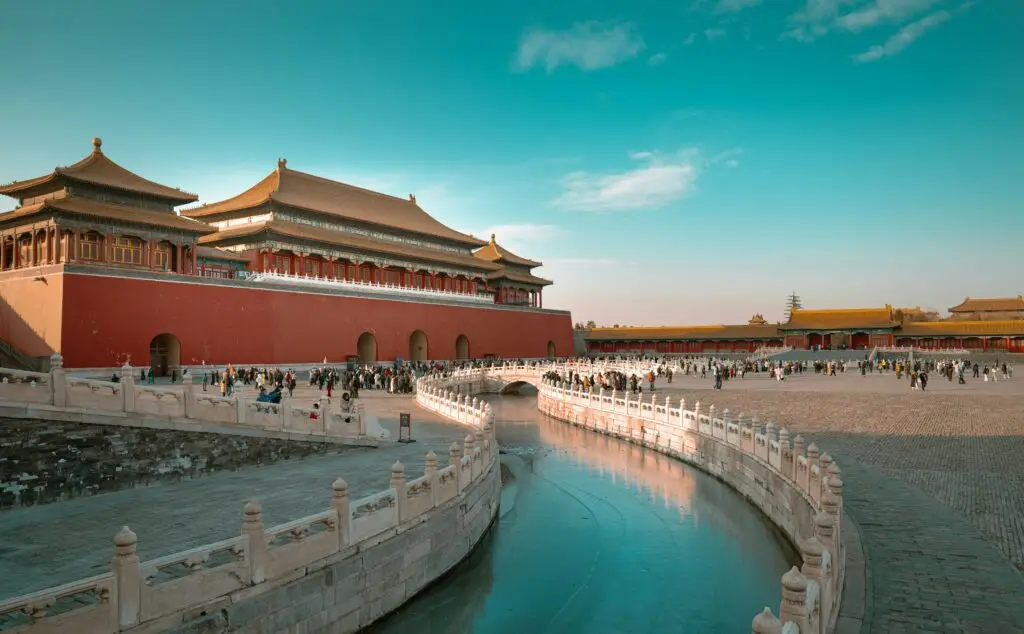Climate of China
When you travel to China, the climate is as much a part of the journey as the landscapes themselves. Spanning thousands of kilometers from the frozen northeast to the tropical south, the country offers a remarkable variety of weather that changes with the four seasons and across regions.
In the north, winters are crisp and enchanting. Beijing and Harbin transform into icy wonderlands with snow-dusted rooftops, frozen lakes, and the spectacular Harbin Ice Festival. Spring softens the scenery as blossoms brighten historic gardens, and the Great Wall comes alive under fresh greenery.
Head south and the atmosphere shifts. Guilin, Hangzhou, and Yunnan enjoy mild springs and autumns, ideal for exploring riverside towns or misty mountains. Summers here are lush and vibrant, with warm rains feeding rice terraces and subtropical forests. On Hainan Island, the weather turns tropical — think palm trees, sunshine, and island beaches year-round.
Western China tells yet another story. Tibet stays cool even in summer, with skies that seem endless above the plateau. In Xinjiang, deserts swing from scorching days to surprisingly cool nights, showing the extremes of China’s wild west.
For most travelers, the best times to visit are spring (April–May) and autumn (September–October), when the weather is mild and the scenery is at its finest. Summer brings energy and festivals but can be hot and crowded, while winter is perfect for those seeking snowy landscapes or quieter cultural experiences.
No matter when you arrive, the four seasons of China ensure that each trip feels unique. From frosty mornings on the Great Wall to warm evenings dining outdoors in Guangzhou, the climate isn’t just background — it’s part of the adventure.

